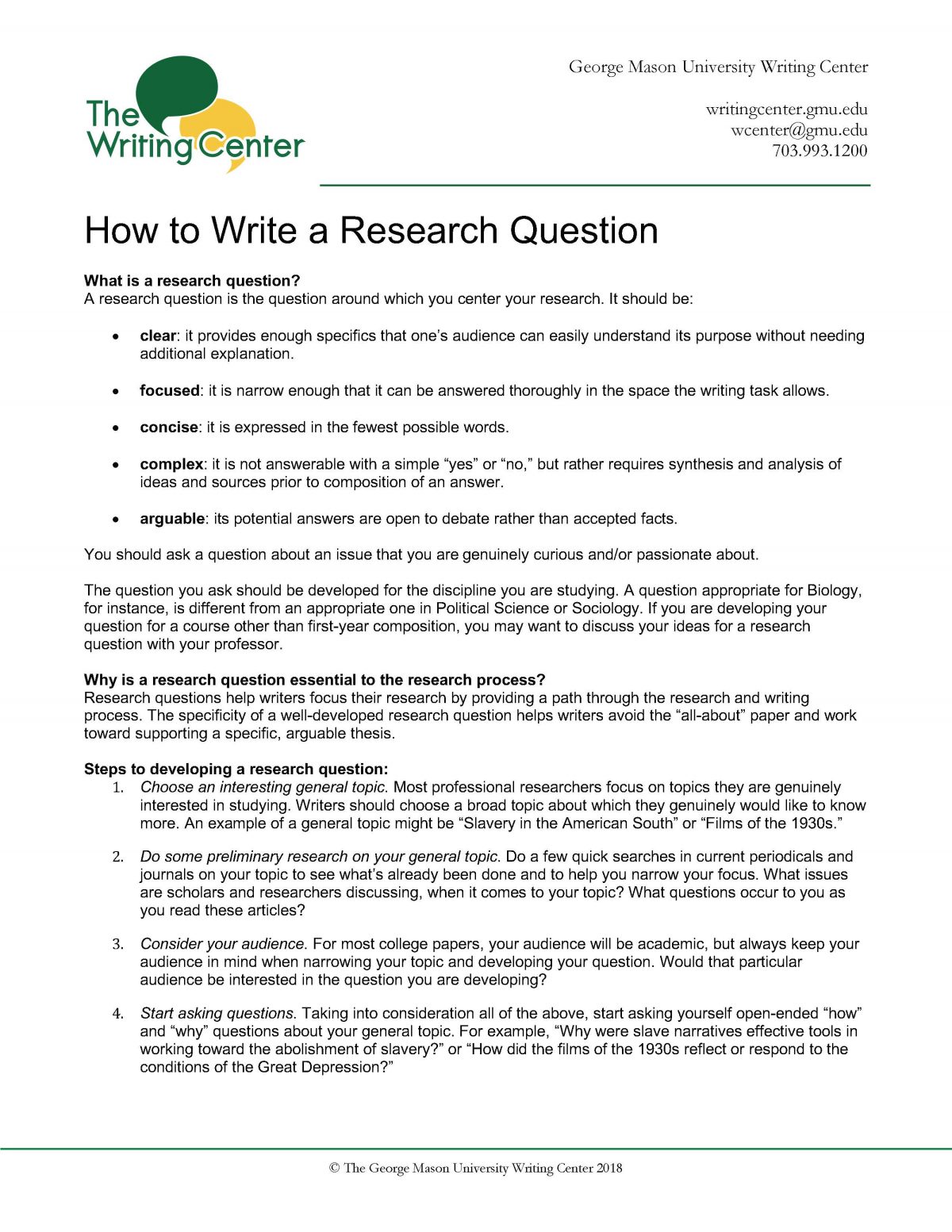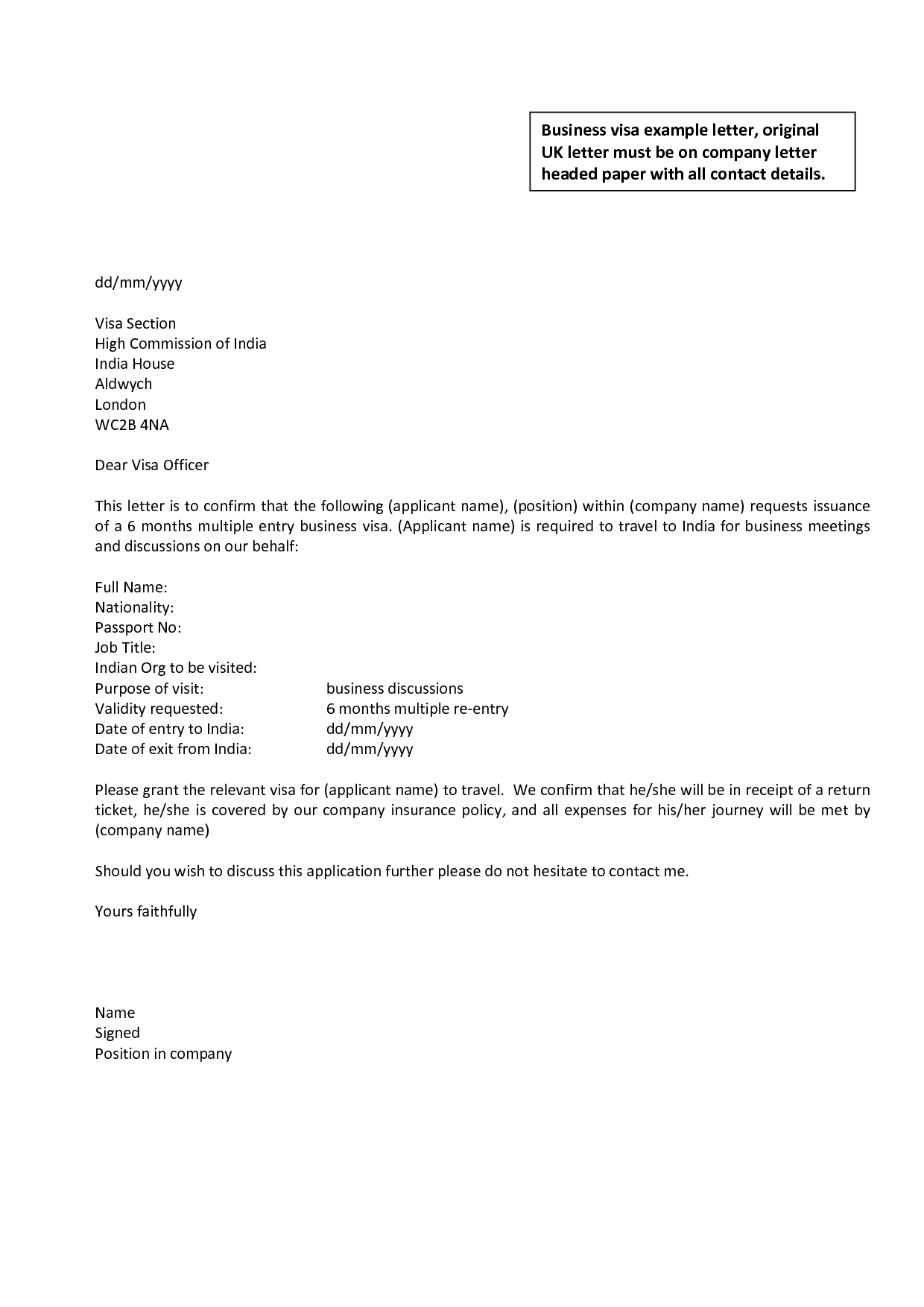A successful math research paper is structured according to the basic principles of logic. A mathematical research paper is not as rigid as those written in other fields, but the basic structure will remain the same. There are four main sections: introduction, background, body, and future work. In addition to providing a foundation for the work, a mathematical paper must clearly state its main hypotheses. A successful math writer should always keep this framework in mind when writing a paper.
Logic is the framework on which a good mathematics research paper is built
Logic is the basis of all mathematics and its applications. The formal system of logic is called first-order logic. Its syntax involves finite expressions and well-formed formulas. Its semantics is characterized by the restriction of all quantifiers to a single domain of discourse. Its importance in mathematics cannot be overemphasized. The first-order logic is also the basis of mathematical models.
A mathematical research paper should adhere to strict rules of logic. Each theorem must be defined clearly, set apart from the rest of the text, and use mathematical language. The guidelines and conventions of a good mathematics research paper are detailed in every area. Using clear definitions and conventions of mathematical language, a good paper is an excellent piece of academic writing. In addition to a strong framework, a mathematical paper should use accurate examples.
Goals of a successful mathematical writer
The primary goal of a mathematical writer is to convey the importance and beauty of mathematics. Writing about mathematics is like painting a large picture – the beauty of mathematics is revealed when one examines a particular region and the overall picture. However, writing about mathematics can also be an exercise in communication. Developing the language of mathematics will help you convey the beauty of mathematics to your readers. Listed below are goals that you should follow as a mathematical writer.
To become a successful mathematician, you must understand the concept of mathematics. You have to know how to explain your work and the underlying ideas in the context of the larger picture. You may be despairing if you don’t understand the bigger picture. However, mathematics is a branch of science that has been developing for thousands of years, accumulated by thousands of practitioners. Rarely does a mathematician discover more than one truly great idea in their lifetime.
Structure of a mathematical paper
Good mathematics research papers are organized in a clear, consistent structure. Each theorem flows logically from the previous one, and the introduction should provide definitions of terms and notations. Mathematical paper structures should be physically separated from the surrounding text, with the introduction directing the flow of the rest of the paper. Likewise, equations should be clearly defined with a clear start and end. Regardless of the discipline in which you’re writing, good mathematical research papers should follow these guidelines.
After the introduction, the body of the paper should accomplish the goal of the introduction. Organize the body of the paper in logical sections that support the main idea of the paper. The main idea should be the topic, but the body should follow a logical flow of ideas. The body should contain full-fledged proofs, presented in steps that are easy for the reader to follow. The first part should explain the problem in detail, while the second part should discuss the idea of the problem. Finally, the writer should discuss the assumptions and approximations made in the model.
Identifying hypotheses
Identifying hypotheses in a math paper requires careful observation and analysis of the data. It is critical to be aware of the differences between a true and false statement and how they may influence a paper’s conclusions. One of the most basic types of mathematical hypotheses is the PBC, or principle of best fit hypothesis. This type of hypothesis concentrates on the process of constructing the PBC, and recognizing its contradiction.
A hypothesis is based on facts and information that is generally known. In other words, a hypothesis is an intelligent assumption that is based on facts. Hypotheses include a list of variables and their relationships. In a mathematical paper, these variables are listed and explained. The author’s data supports the validity of the hypothesis. Once the variables are defined, the hypothesis is the basis for the rest of the paper.
Explaining context of your work
When writing a mathematical paper, it is essential to understand the context of your work. There are many opportunities for mathematical connections and sense-making. However, if you do not explain contexts properly, they can make your paper sound unprofessional. Here are a few tips for explaining contexts in a mathematical paper. First, choose contexts carefully. Consider a context that is relevant to your work and will make sense to your readers.




